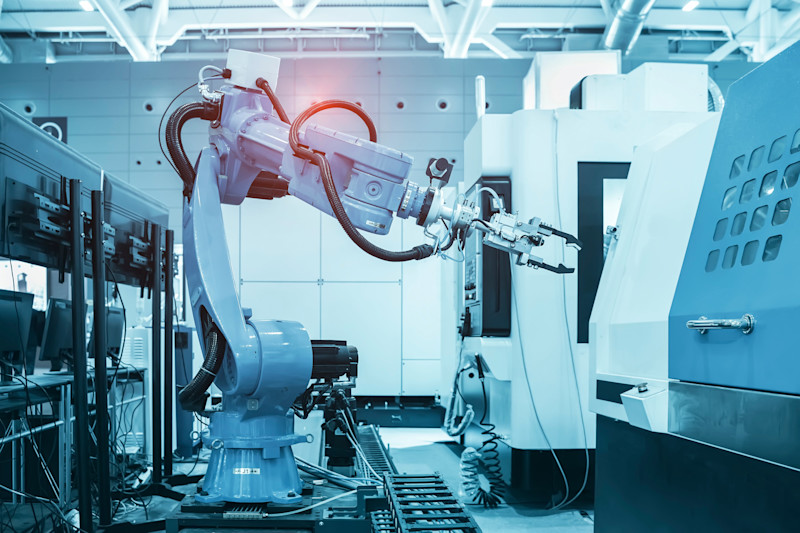Where there were once wide-spread reservations, we now have an industry-wide embrace of all things automated. It happened faster than I imagined, but then I remembered history repeats itself.
Let’s step back to 1779. The Luddites were an organization of English textile workers who formed a radical faction that destroyed textile machinery. The invention that sparked that revolt was the Jacquard loom, which simplified the process of manufacturing textiles with complex patterns by using a series of punched cards to control design (talk about echoing the early computer industry!).
Now fast forward 250 years. We have gone from “robots are taking our jobs!” to desperately needing robots to meet demand. In fact, a perfect storm of factors leaves us no choice but to embrace automation at new levels:
A pandemic that exposed fundamental supply chain deficiencies and spurred a desire for more sourcing in North America.
An aging manufacturing workforce (Boomers and Gen-Xers, please share your knowledge before you retire).
A chronic dearth of new talent entering the skilled trades due to an educational system/society that overly emphasizes four-year degrees.
New automation business models, such as robots as a service*.
An explosive growth of automation technologies that makes implementation easy and opens up new applications.
Identify your Bottleneck, then Automate it
The prevailing wisdom is that most businesses should not try to automate an entire process; rather, find a bottleneck and automate it. Such was the case with Skyvington Manufacturing Inc., a 30-person manufacturer in Mississauga, Ontario, that specializes in design, rapid prototyping, engineering, and fabrication services, notably for retail displays and store fixtures.
The company has a robotic welding cell, but programming and fixturing takes weeks per part, making it ill-suited for anything but long production runs. Needing to meet production schedules on shorter-run parts, the company implemented a welding cobot that made 25,000 welds in its first month of operation.
“As soon as we saw the cobot solution, I drafted an email to both my operations manager and our production supervisor that was titled ‘The Future.’ After less than an hour of in-person demonstration time, we knew the cobot would move the company in the right direction,” says Brett Skyvington, company president. “The quick programming ability is a huge plus because we’re a custom shop. We could run six or eight jobs in one day depending on size and number of parts that are going through. It’s incredibly intuitive.”
Skyvington says that being on the cutting edge of where the industry is going has market value, noting that customers like to see the integration of robotics and automation because they understand that it gives Skyvington Manufacturing a competitive advantage over other companies.
The cobot also ensures steadier production capacity. The company has five manual welding cells. If an operator calls in sick and a replacement is not available, that results in 20% lower production capacity. Conversely, finding a person to run the cobot is much easier.
“We are proponents of having a smaller cross-trained staff, than a larger, specialized staff,” says Skyvington. “If anyone wants to learn new processes in the shop, we are happy to start training them. Having our staff able to pick something up with the ease of the cobot is critical for us, because we are that much more effective.”
Even better, one of the company’s cobot enthusiasts is a person who previously focused on polishing welds. Instead of adding muscle and a practiced eye for a pretty weld, he now adds more value to the company while opening new career opportunities for himself.
The polisher-become-programmer is a variation on a success story you are going hear repeated quite frequently as cobots become the smart choice for hundreds of new tasks. The moral of the story is that Luddites remain on the wrong side of history. Technological progress always creates net wealth, so embrace it. Automation is no different, and AI will be the same — but that’s a topic for another column.





